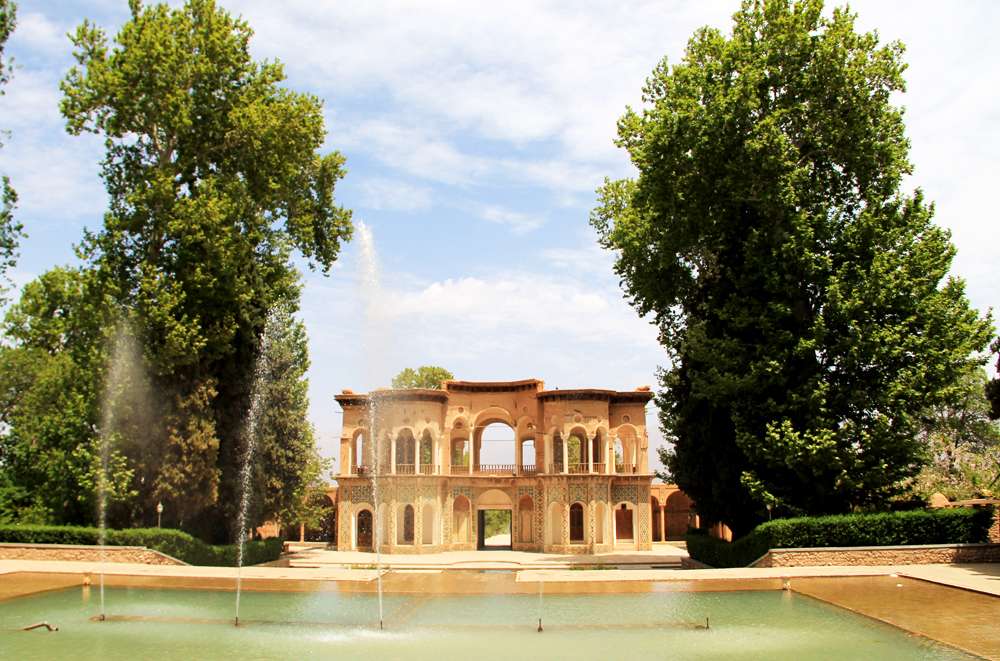Tourist Attractions & Activities in Kerman Province
Kerman Province
The largest province of Iran with an area of 183,000 square km, is located on the southeast of the country. Kerman Province bounded by Fars, Hormozgan, Yazd, South Khorasan, and Sistan va Baluchestan provinces, is a barren area of deserts with sandy lands. Interestingly, the hottest spot on the whole earth is located in Kerman Province; Gandom Beryan area on the north of Shahdad desert, reaches the temperature of 67 °C. Thanks to the parts of the central Mountain ranges of Iran which are stretched to the central areas of Kerman, the Province boasts soaring mountains from which several rivers are sourced. Halil Rud is the longest river in Kerman Province.
The current Kerman Province is the inheritor of the name and territory of the satrapy of Karmania from the ancient eras. The city of Kerman was founded by Ardeshir I, the Sassanid King, in 3rd century B.C. and was called Berdeshir or Berdesir by Zoroastrian people. Sirjan in the west of the province was one of the main towns of Kerman. During the Muslim Conquest of Persia, many Zoroastrian residents of Kerman fled to Khorasan, and the Muslim caliphates took control over the area. From the early Islamic era to the reign of the Safavid dynasty (the 16th century), Kerman experienced many ups and downs in its history. Under the rule of Safavids, the capital city of the province (formerly called bardesir) was titled Kerman for the first time and enjoyed peace and prosperity. The city was ruled by the well-known Safavid ruler, Ganj-Ali Khan, who erected lots of public buildings in Kerman. After the Safavids, Kerman was raided and looted by the Afghans and conquered by Karim Khan Zand later, in the early 18th century. Taking the control over Kerman by the Qajars (the next dynasty ruling over Iran) is characterized with a sorrowful event in the history of the city. Agha Mohammad Khan, the founder of Qajar dynasty, defeated Lotf-Ali Khan Zand in Kerman, blinded a large number of the residents and killed the others with brutality.
Kerman province features many historical monuments and relics from different eras: from the footsteps and skeletons of dinosaurs discovered in the northern parts of the province to the magnificent remains of the Bam Citadel from the Sassanid era, and the splendid Safavid architectural relics in the city of Kerman.
Walking in the roofed grand bazaar of Kerman, one may see the large variety of traditional sweets and cookies being made for centuries in Kerman. Qavut (the mixture of roasted powdered nuts and aromatic spices) and Kolompeh (traditional cookies filled with date and walnut) are the most popular ones. Moreover, the best of Persian pistachio and Persian rugs are produced in Kerman Province.




